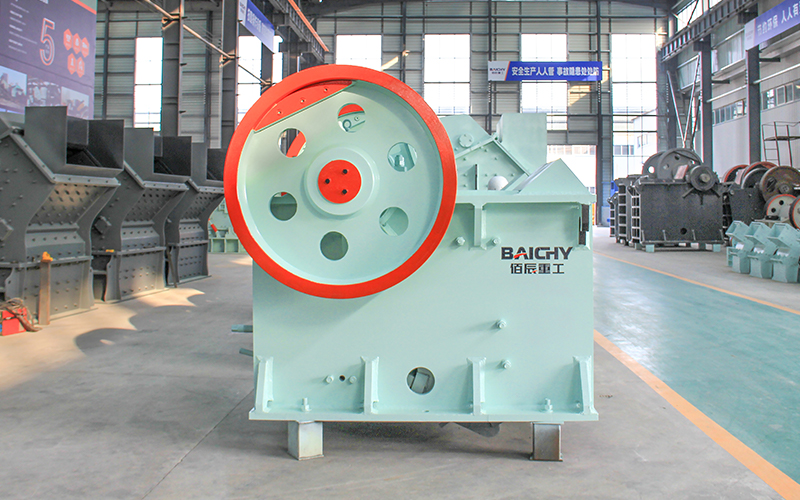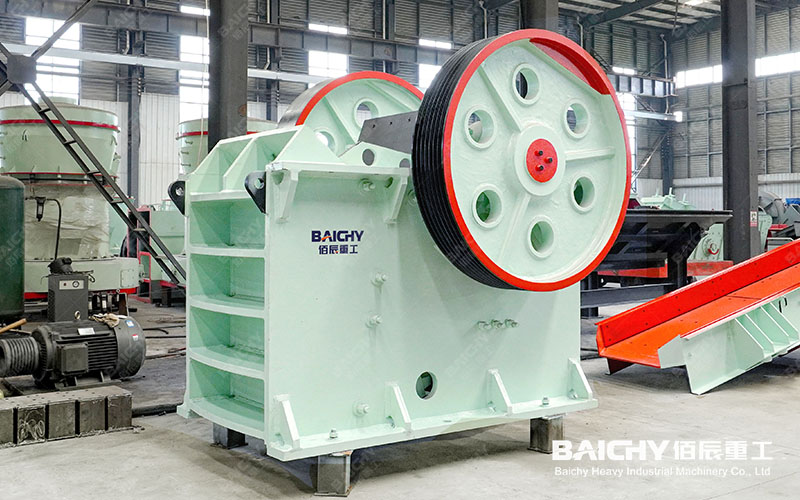The jaw crusher and impact crusher are common mine crushing equipment. They both process large stones into smaller particles. The difference is that the jaw crusher is representative of the primary crusher. While the impact crusher is secondary crushing equipment, which is used to reshape the primary crushed materials to make the product particle size more uniform.

The uses of impact crusher:
The impact crusher is often used in crushing building materials, mining, transportation, energy, chemical, and other industries. It can process materials with side lengths less than 500mm, such as the secondary crushing of granite, basalt, concrete, etc. However, because the blow bar and impact plate are easy to wear, the impact crusher is also limited in crushing hard materials, so it is usually used for coarse crushing, medium crushing, or fine crushing of brittle materials such as limestone, coal, quartz, dolomite, and gypsum.
The advantages of impact crusher:
1. The core advantage of Baichy's impact crushing equipment is that its components are made of high-quality high-manganese steel, which can reduce wear and tear.
2. The impact crusher has the characteristics of a large crushing ratio and uniform crushing force. The crushed particles have a beautiful shape and are in the form of cubes.
3. The impact crusher is more effective in processing materials with high moisture content. Its feed chute and impact plate can be equipped with heating devices to prevent the bonding of materials and effectively avoid clogging.

The working principle of impact crusher:
The impact crusher is mainly composed of a frame, rotor, impact frame, main shaft wheel, liner, hydraulic adjustment device, hydraulic starting device, etc.
When the stone falls into the working area of the blow bar (hammer), it is crushed by the impact of the blow bar on the high-speed rotating rotor and is thrown to the apron for a second impact, and rebounds until the rotating blow bar (hammer) is hit again. This process is repeated until the material is crushed to the required size and discharged from the machine outlet.
Controlling the gap between the apron and the rotor can change the particle size and shape of the material. The smaller the gap, the finer the gradation.









